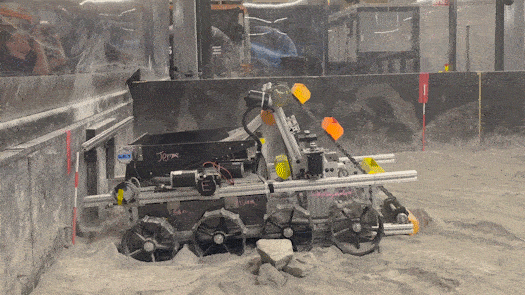It’s a question any prospective student might ask: what happens to University of Rochester graduates after they complete their degrees?
The Gwen M. Greene Center for Career Education and Connections offers a newly upgraded online dashboard that offers the most detailed picture yet of the “first destinations” of recent graduates of the College, across the disciplines of arts and humanities, social sciences, sciences, and engineering. The dashboard, which can be used by anyone, presents first-destination data on students who received their undergraduate degrees from 2016 to 2018, accumulated through various sources and focused on employment, continuing education, and other outcomes.
“The dashboard affirms all the positive things we say about the University of Rochester,” says Joe Testani, assistant dean and director of the Greene Center. “Our students are going out after graduation and doing amazing things all over the world.”
The dashboard was built in 2017 as a way to show the outcomes of the class of 2016. This year’s version has been vastly upgraded over the previous years, with a knowledge rate of 81 percent from the graduating class of 2018—an 18 percent increase from two years ago. It offers an impressive screenshot of what last year’s graduates of the College are doing:
- 92 percent of AS&E undergraduates were working or enrolled in graduate school within six months of completing their degrees. That figure holds steady across disciplines, with 94 percent for natural sciences or engineering majors, 92 percent for social sciences majors, and 89 percent for humanities majors.
- 40 percent of undergraduates stayed in New York State, including 18 percent in the Rochester area.
- 19 percent of undergraduates who went on to work in the internet and software industry do so in the global center for technology, Silicon Valley in Northern California. The top employers for those Rochester graduates are Google, Facebook, Cisco, and LinkedIn.
- The average salary of a 2018 Rochester undergraduate (based solely on students who reported their income) is $58,264. That’s higher than the national average of $50,004 for undergraduates, based on data released by the National Association of College and Employers, which is affiliated with nearly 2,000 colleges and universities nationwide.
“What’s great about the dashboard is you don’t need someone like me to tell you how many graduates are working in tech or in Silicon Valley,” says Vanessa Newton, who created the dashboard with Career Center colleague Justin Freeman. “You can go in there and answer those questions for yourself.”
The Greene Center uses Tableau, a Seattle-based software company that creates interactive data visualization products focused on business intelligence. In March, the “first destinations” dashboard was named Tableau’s Visualization of the Day.
Greene Center staff obtain the data through student surveys, departmental data, National Student Clearinghouse data, and Linkedin. Surveys to graduating seniors go out about a month before Commencement, beginning an eight-month period of data collection. Freeman spends all of January building the dashboard.
“The survey is the critical piece,” Freeman says. “Then, it’s all about filling in the gaps beyond that. We want all students to take the survey, but we know not all will. So, we use other means, including communication with departments and stakeholders on campus.”
Testani says the goal is to offer a tool for future and current Rochester students and their parents. “It’s a snapshot, not a complete picture,” he says, “but it shows the impact of a University of Rochester education.
Testani says his office will continue to add to the dashboard each year, and the Greene Center is actively working on developing tools to measure longitudinal alumni success. “The goal is to tell the great story of where our graduates are five or 10 years down the road,” he says.




